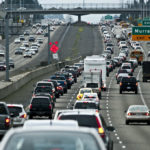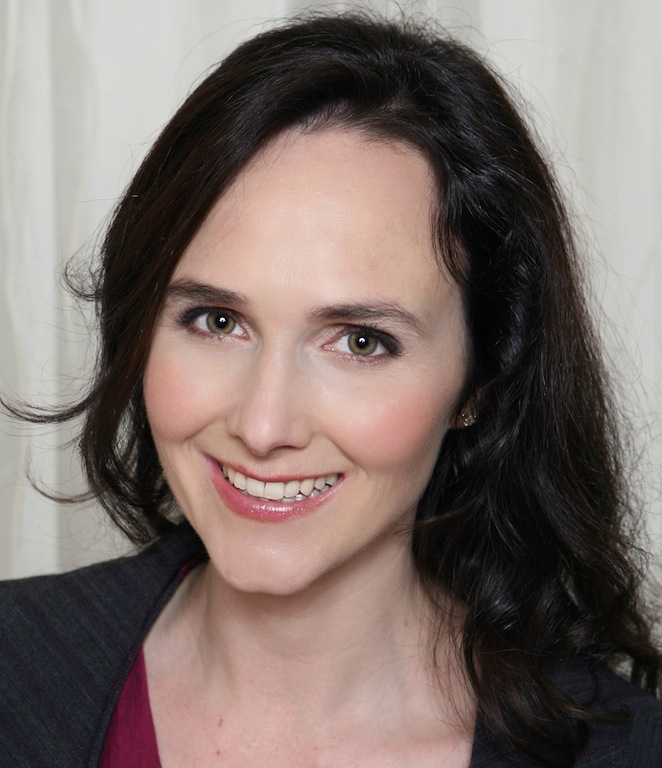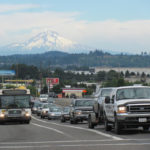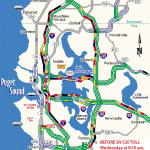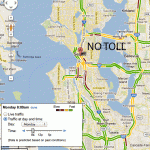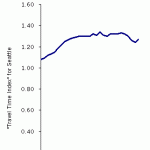Series: Congestion Pricing

Portland traffic by Rudy Salakory used under CC BY-NC-ND 2.0
Freeway project cost a lot of money, ramp up pollution and don’t even relieve congestion as often promised. Instead, Oregon and Washington could implement congestion pricing—charging drivers to use public roads, particularly during peak hours. States, regions, and localities could use congestion pricing revenue (not to mention the billions of dollars saved by resisting freeway boondoggles!) helping people move around in safer, less polluting ways like transit, walking, and biking.

